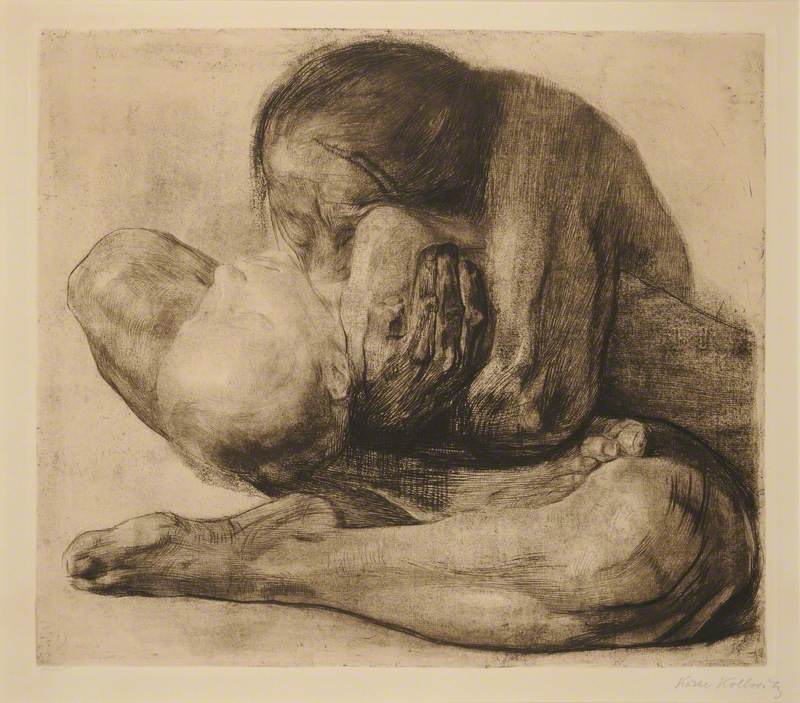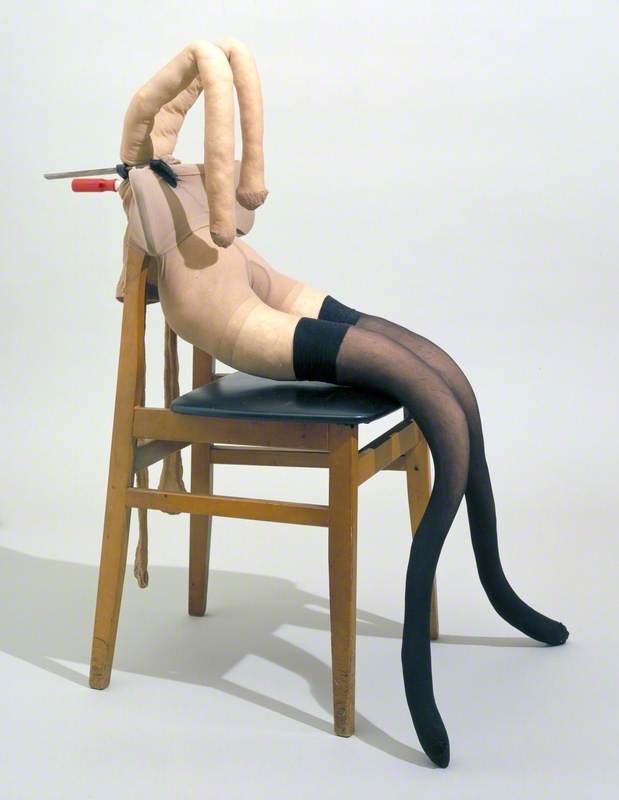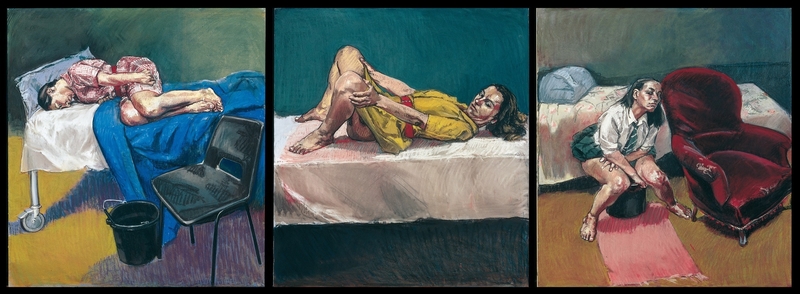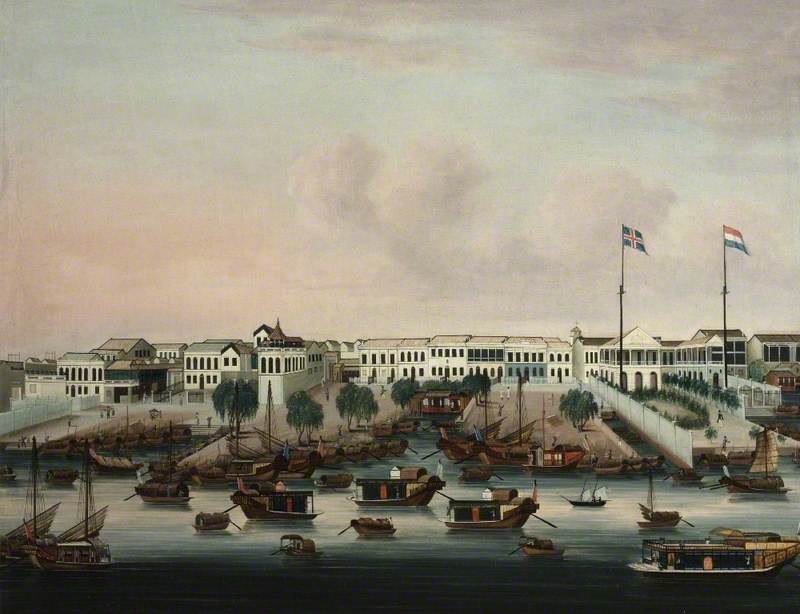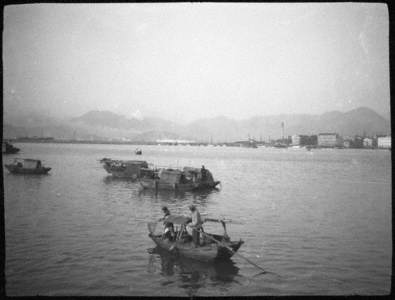This essay was written for the 2024 Write on Art prize, winning third place in the Year 10 & 11 category.
With fluidity and motion the fisherman's lengthy paddle dips cautiously into the murky depths with a certain curiosity and simplicity. Undoubtedly, the boat would've glided forward, yet in this fleeting snapshot, its purpose appears undefined. An accumulation of shabby fishing boats is also pictured, drifting uncertainly in the vastness of a younger Hong Kong harbour. This vastness is further defined by the nubilous atmosphere, distantly watched on by imposing mountains, sparking the idea of a higher being watching Hong Kong from afar.
In Hong Kong Harbour, Olive Edis distinctively defines a young, wholly British-owned Hong Kong, taken in 1920 during her travels. She captures a moment of simplicity and tranquillity, providing an intriguing insight into the mundane daily life of these fishermen.
Dissimilar to many other works of Edis – who's most notable for her portraits – this piece appears inelaborate on the surface and was likely a brief snapshot of the serene landscape, without a purposeful value except as that. Yet for me, this piece dynamically encompasses a significant period of development and movement that is integral to Hong Kong's turbulent history.
This 1920s version of Hong Kong is seemingly unblemished and untouched. These characteristics are clearly shown in the photo, enhanced by the simplicity of the fishermen's boats and colonial-style buildings in the wider landscape. These characteristics paint this version of Hong Kong with a certain purity and contemporary vibrancy, which are now hidden gems in the modern-day metropolis.
The ageing of this photo is vital to its significance; since 1920, Hong Kong has developed rapidly and industrially, metamorphosising into a vivid, sprightly city that I call my home. I can barely begin to envision a youthful, reticent Hong Kong that's displayed so candidly in this photo. It's certainly blemished now with its striking high-rise skyline and bustling community. All this to say, the importance of the piece reveals itself in its stark contrast with today's Hong Kong. The harsh effects of ageing are poignant and severe, in the same vein as the political advancements and ruptures that have substantially affected this city. The destruction and chaos of the 2019 riots are etched into my subconscious: a disconcerting contrast with the distinct serenity that this image evokes. This disparity plays in my mind as an ongoing conversation between the past and present of a place close to my heart.
Eve Williams


